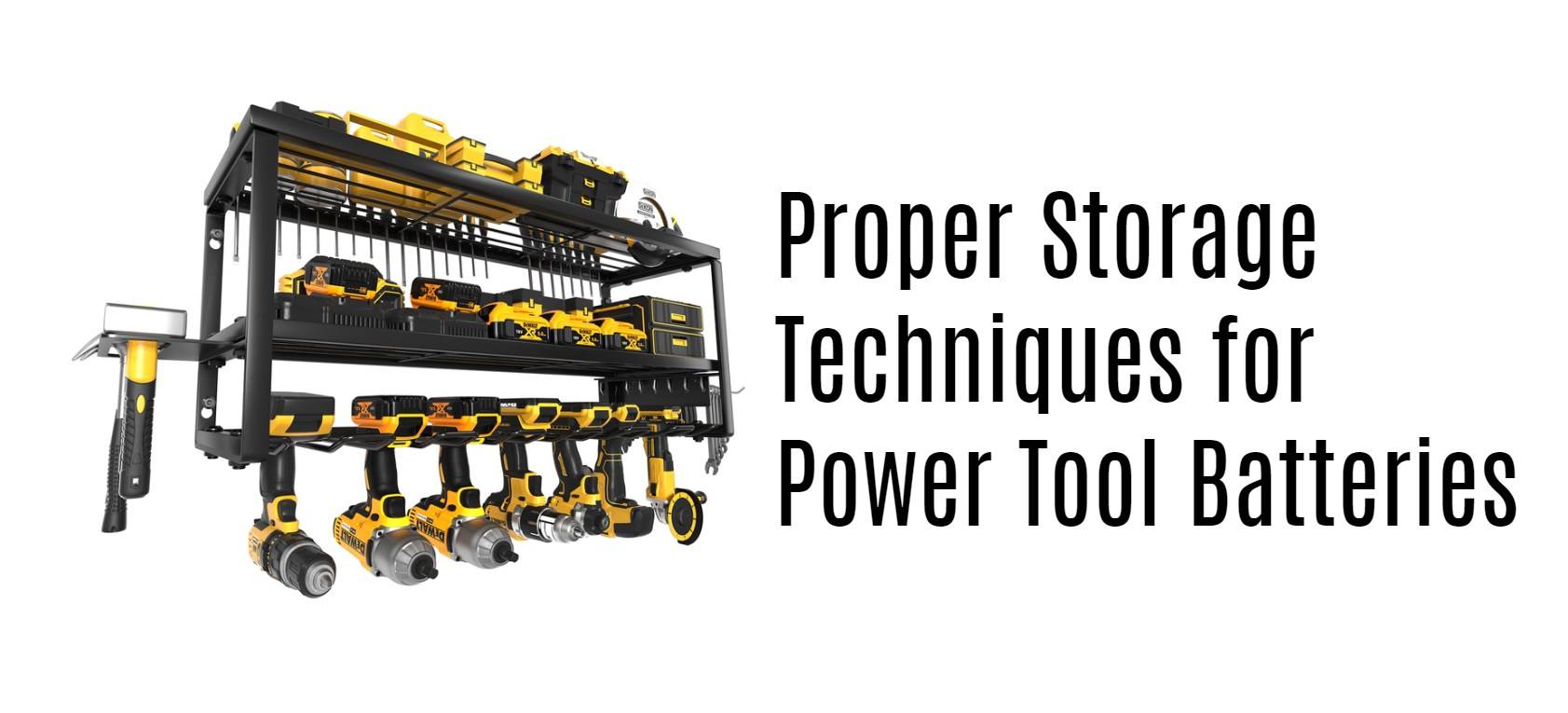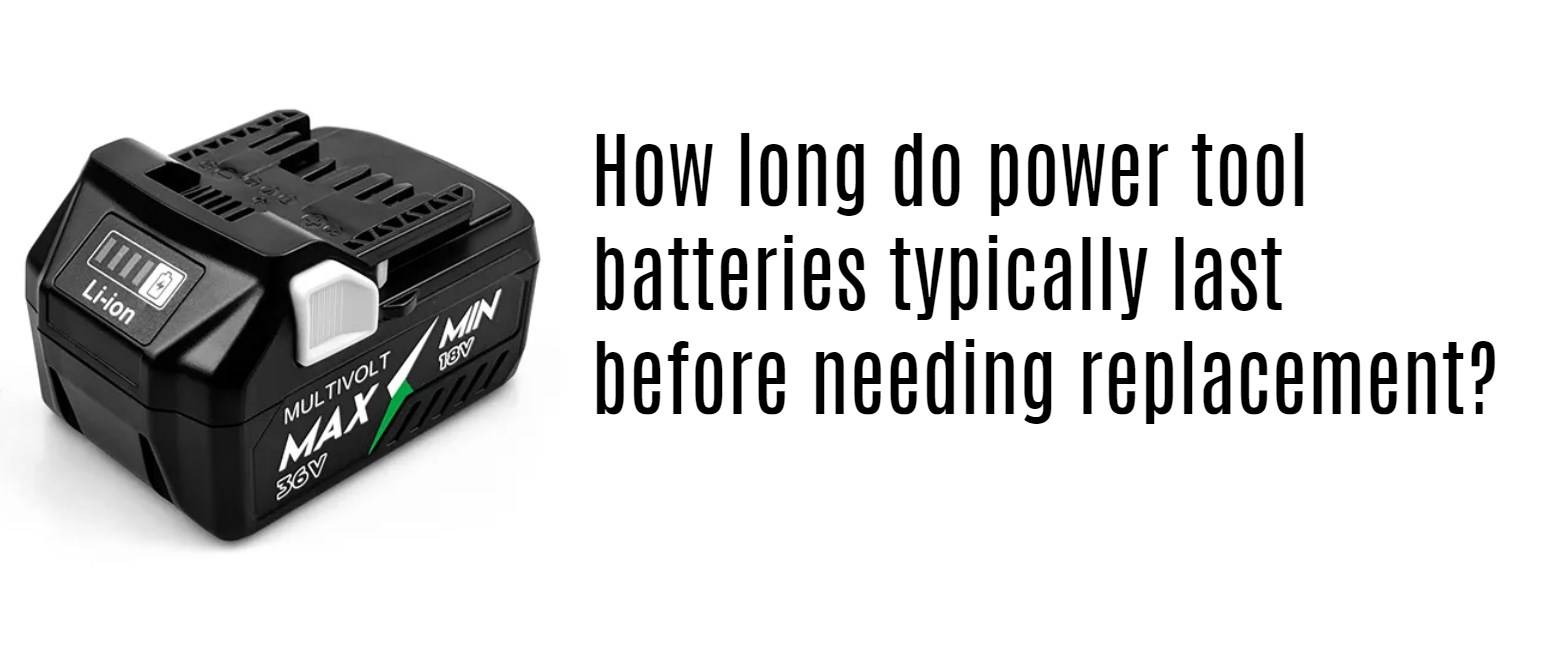- Rack-mounted Lithium Battery
- Golf Cart Lithium Battery
-
Golf Cart Lithium Battery
- 36V 50Ah (for Golf Carts)
- 36V 80Ah (for Golf Carts)
- 36V 100Ah (for Golf Carts)
- 48V 50Ah (for Golf Carts)
- 48V 100Ah (Discharge 100A for Golf Carts)
- 48V 100Ah (Discharge 150A for Golf Carts)
- 48V 100Ah (Discharge 200A for Golf Carts)
- 48V 120Ah (for Golf Carts)
- 48V 150Ah (for Golf Carts)
- 48V 160Ah (Discharge 100A for Golf Carts)
- 48V 160Ah (Discharge 160A for Golf Carts)
-
Golf Cart Lithium Battery
- Forklift Lithium Battery
- 12V Lithium Battery
- 24V Lithium Battery
- 36V Lithium Battery
- 48V Lithium Battery
-
48V LiFePO4 Battery
- 48V 50Ah
- 48V 50Ah (for Golf Carts)
- 48V 60Ah (8D)
- 48V 100Ah (8D)
- 48V 100Ah
- 48V 100Ah (Discharge 100A for Golf Carts)
- 48V 100Ah (Discharge 150A for Golf Carts)
- 48V 100Ah (Discharge 200A for Golf Carts)
- 48V 150Ah (for Golf Carts)
- 48V 160Ah (Discharge 100A for Golf Carts)
- 48V 160Ah (Discharge 160A for Golf Carts)
-
48V LiFePO4 Battery
- 60V Lithium Battery
-
60V LiFePO4 Battery
- 60V 20Ah
- 60V 30Ah
- 60V 50Ah
- 60V 50Ah (Small Size / Side Terminal)
- 60V 100Ah (for Electric Motocycle, Electric Scooter, LSV, AGV)
- 60V 100Ah (for Forklift, AGV, Electric Scooter, Sweeper)
- 60V 150Ah (E-Motocycle / E-Scooter / E-Tricycle / Tour LSV)
- 60V 200Ah (for Forklift, AGV, Electric Scooter, Sweeper)
-
60V LiFePO4 Battery
- 72V~96V Lithium Battery
- E-Bike Battery
- All-in-One Home-ESS
- Wall-mount Battery ESS
-
Home-ESS Lithium Battery PowerWall
- 24V 100Ah 2.4kWh PW24100-S PowerWall
- 48V 50Ah 2.4kWh PW4850-S PowerWall
- 48V 50Ah 2.56kWh PW5150-S PowerWall
- 48V 100Ah 5.12kWh PW51100-F PowerWall (IP65)
- 48V 100Ah 5.12kWh PW51100-S PowerWall
- 48V 100Ah 5.12kWh PW51100-H PowerWall
- 48V 200Ah 10kWh PW51200-H PowerWall
- 48V 300Ah 15kWh PW51300-H PowerWall
PowerWall 51.2V 100Ah LiFePO4 Lithium Battery
Highly popular in Asia and Eastern Europe.
CE Certification | Home-ESS -
Home-ESS Lithium Battery PowerWall
- Portable Power Stations
How to Prolong the Life of Your Power Tool Battery: Expert Tips and Recommendations

Prolonging the life of your power tool battery is essential for maintaining optimal performance and saving money on replacements. By following best practices in charging, temperature management, and regular maintenance, you can significantly extend the lifespan of your batteries. This article provides expert tips and recommendations to help you achieve this goal.
What are the best practices for charging power tool batteries?
To ensure your power tool batteries last longer, follow these charging best practices:
- Use the Correct Charger: Always use the charger recommended by the manufacturer. Using an incorrect charger can damage the battery.
- Charge Fully: Make sure to charge your battery completely before using it. Partial charges can lead to a memory effect in some battery types.
- Avoid Overcharging: Disconnect the charger once the battery is fully charged to prevent overheating and damage.
Chart: Charging Best Practices
| Charging Practice | Recommendation |
|---|---|
| Use Correct Charger | Match charger specifications with battery type |
| Charge Fully | Ensure a complete charge before use |
| Avoid Overcharging | Disconnect after full charge |
How does temperature impact battery performance and longevity?
Temperature plays a critical role in battery health:
- High Temperatures: Excessive heat can accelerate chemical reactions within the battery, leading to faster degradation.
- Low Temperatures: Cold conditions can reduce a battery’s effective capacity and increase internal resistance, resulting in poor performance.
To maintain optimal temperatures, avoid exposing your batteries to extreme environments, whether hot or cold.
Chart: Temperature Effects on Battery Performance
| Temperature Range | Effect on Battery |
|---|---|
| Above 35°C | Accelerated degradation |
| Below 0°C | Reduced capacity and performance |
| Optimal (20°C – 25°C) | Best performance and longevity |
Why is it important to avoid deep discharges in lithium batteries?
Deep discharges can significantly shorten the lifespan of lithium batteries:
- Cycle Life Reduction: Regularly discharging below 20% can lead to a decrease in cycle life.
- Capacity Loss: Deep discharges can cause permanent capacity loss over time.
To maximize lifespan, aim to recharge your lithium batteries before they reach critically low levels.
Chart: Impact of Depth of Discharge on Cycle Life
| Depth of Discharge (%) | Estimated Cycle Life |
|---|---|
| 100 | ~300 cycles |
| 80 | ~400 cycles |
| 60 | ~600 cycles |
| 40 | ~1,000 cycles |
| 20 | ~2,000 cycles |
What maintenance tips can help prolong battery life?
Regular maintenance is crucial for extending battery life:
- Clean Terminals: Keep terminals free from dust and corrosion to ensure good electrical contact.
- Store Properly: When not in use, store batteries in a cool, dry place away from direct sunlight.
- Rotate Usage: If you have multiple batteries, rotate their usage to prevent any from being left unused for long periods.
Chart: Maintenance Tips for Battery Longevity
| Maintenance Practice | Recommendation |
|---|---|
| Clean Terminals | Regularly inspect and clean terminals |
| Store Properly | Keep in cool, dry environments |
| Rotate Usage | Use multiple batteries regularly |
What are common mistakes to avoid when using power tool batteries?
Avoiding certain mistakes can help maintain your power tool batteries:
- Leaving Batteries on Charge: Unless specified by the manufacturer, do not leave batteries on chargers after they are fully charged.
- Ignoring Temperature Effects: Do not expose batteries to extreme temperatures; both heat and cold can damage them.
- Using Incorrect Chargers: Always use chargers designed specifically for your type of battery.
Chart: Common Mistakes with Power Tool Batteries
| Mistake | Consequence |
|---|---|
| Leaving on Charge | Risk of overcharging and damage |
| Ignoring Temperature Effects | Reduced capacity and lifespan |
| Using Incorrect Chargers | Can lead to malfunction or damage |
Industrial News
Recent advancements in power tool technology emphasize improved battery management systems that enhance longevity and efficiency. Manufacturers are developing smarter chargers that adapt charging rates based on real-time data, preventing overcharging and optimizing energy use. These innovations aim to provide users with more reliable tools while reducing overall costs associated with frequent battery replacements.

Redway Power Insight
Understanding how to properly care for your power tool batteries is essential for maximizing their lifespan,” states an industry expert. “By following best practices such as avoiding deep discharges and maintaining optimal temperatures, users can significantly enhance their tools’ reliability and efficiency.”
FAQ Section
Q1: How often should I charge my power tool battery?
A1: Charge your battery regularly; it’s best not to let it discharge below 20%.Q2: Can I leave my power tool battery on charge overnight?
A2: It’s not recommended unless specified by the manufacturer due to risks of overcharging.Q3: How do I know if my battery needs replacing?
A3: If you notice significantly reduced runtime or performance issues, it may be time for a replacement.Q4: What temperature range is ideal for storing batteries?
A4: Store your batteries in a cool, dry place ideally between 20°C – 25°C.Q5: Should I clean my battery terminals?
A5: Yes, regularly cleaning terminals helps maintain good electrical contact and prevents corrosion.













